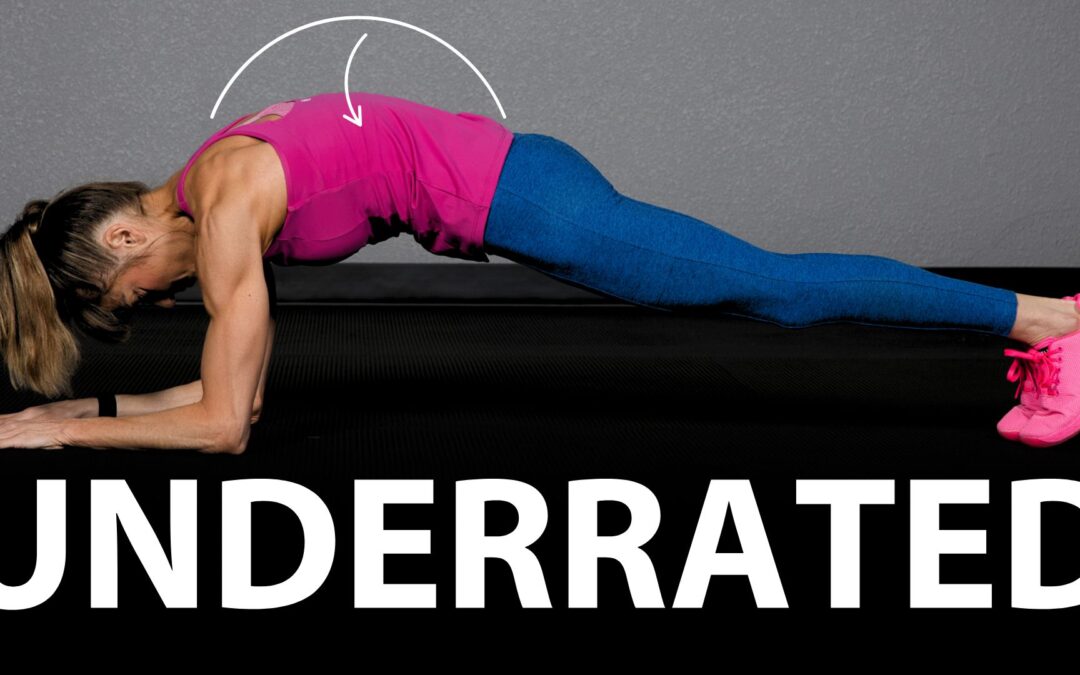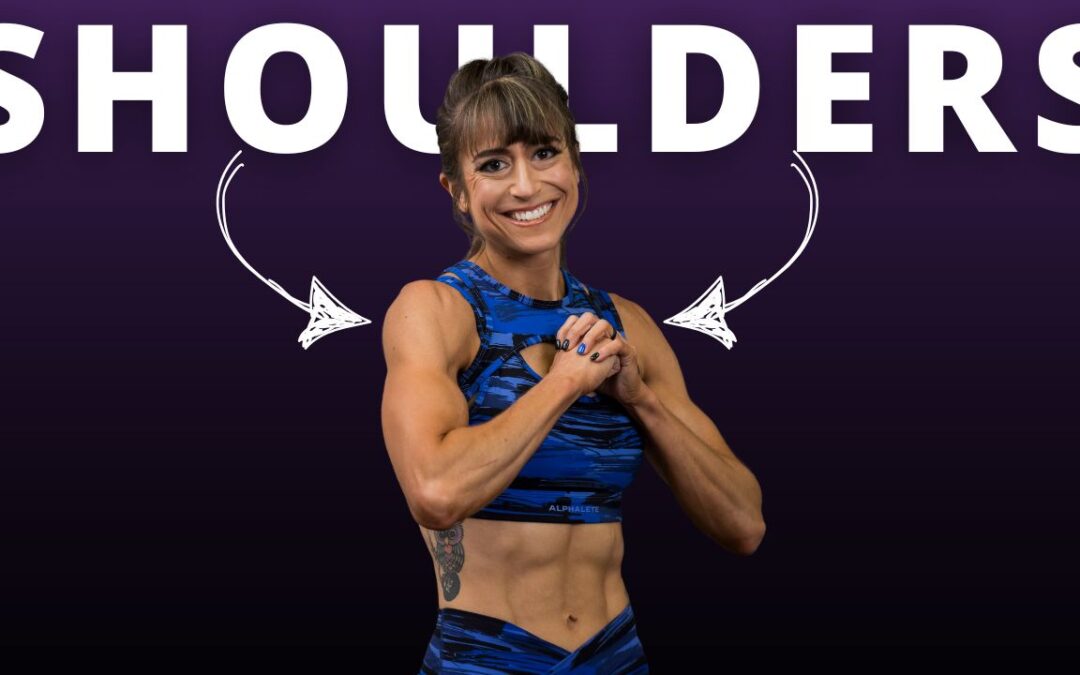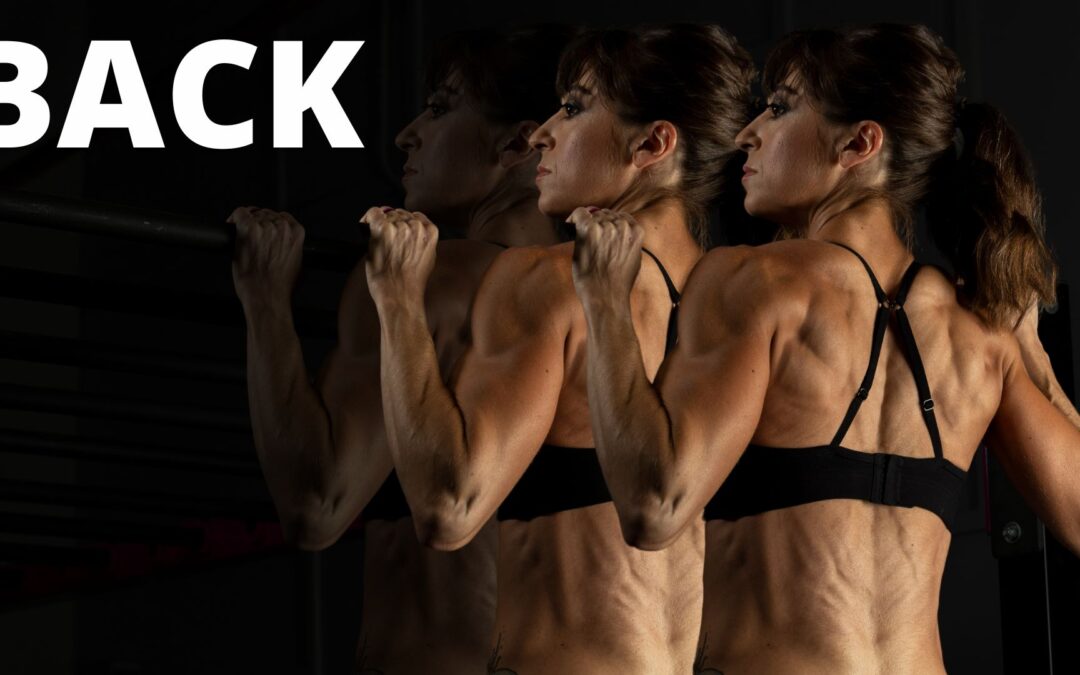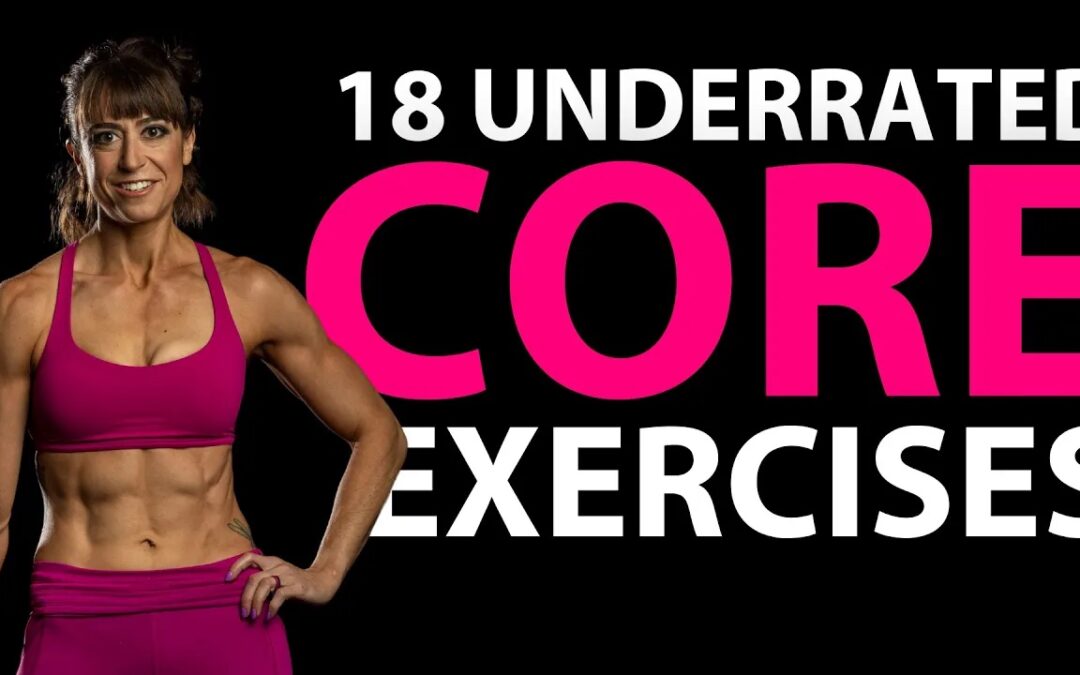
by Cori Lefkowith | Aug 3, 2025 | Blog, Bodyweight, Exercises, Functional Fitness
Planks are an amazing core stability move. And you’re never above that fundamental basic front plank. However, too often we just stick with one variation of an exercise instead of seeing the opportunity in the different options. To progress and build on your plank and...

by Cori Lefkowith | Apr 15, 2025 | Blog, Bodyweight, Exercises, Workouts
When training at home or when we travel without access to equipment, it can feel like there are some body parts that are hard to hit and exercises that are hard to replicate. But we can get in a killer workout no matter what. That’s why I wanted to share a great...

by Cori Lefkowith | Sep 8, 2024 | Blog, Bodyweight, Exercises
We get stronger and moves get easier. We advance and earn harder, more complicated, more challenging moves. But too often we write off the basics and think we are above them…when we’re not. And those basic, bodyweight moves, we often think we are too strong or...

by Cori Lefkowith | Mar 10, 2024 | Blog, Exercises, Functional Fitness
Unpopular opinion… I think Burpees are underrated. You may be like, “WHAAAAT!? I see burpees in everything. They’re overdone!” And while I agree they can be overused, misused and simply put in a workout just to make it harder… I also think they aren’t given their due...

by Cori Lefkowith | Dec 25, 2023 | Blog, Bodyweight, Core, Exercises
Often we fall back into using the same old moves, forgetting all of the options and variations out there. But having different variations of exercises to target the same area can help us create progression through the same but different. It can help us even activate...






